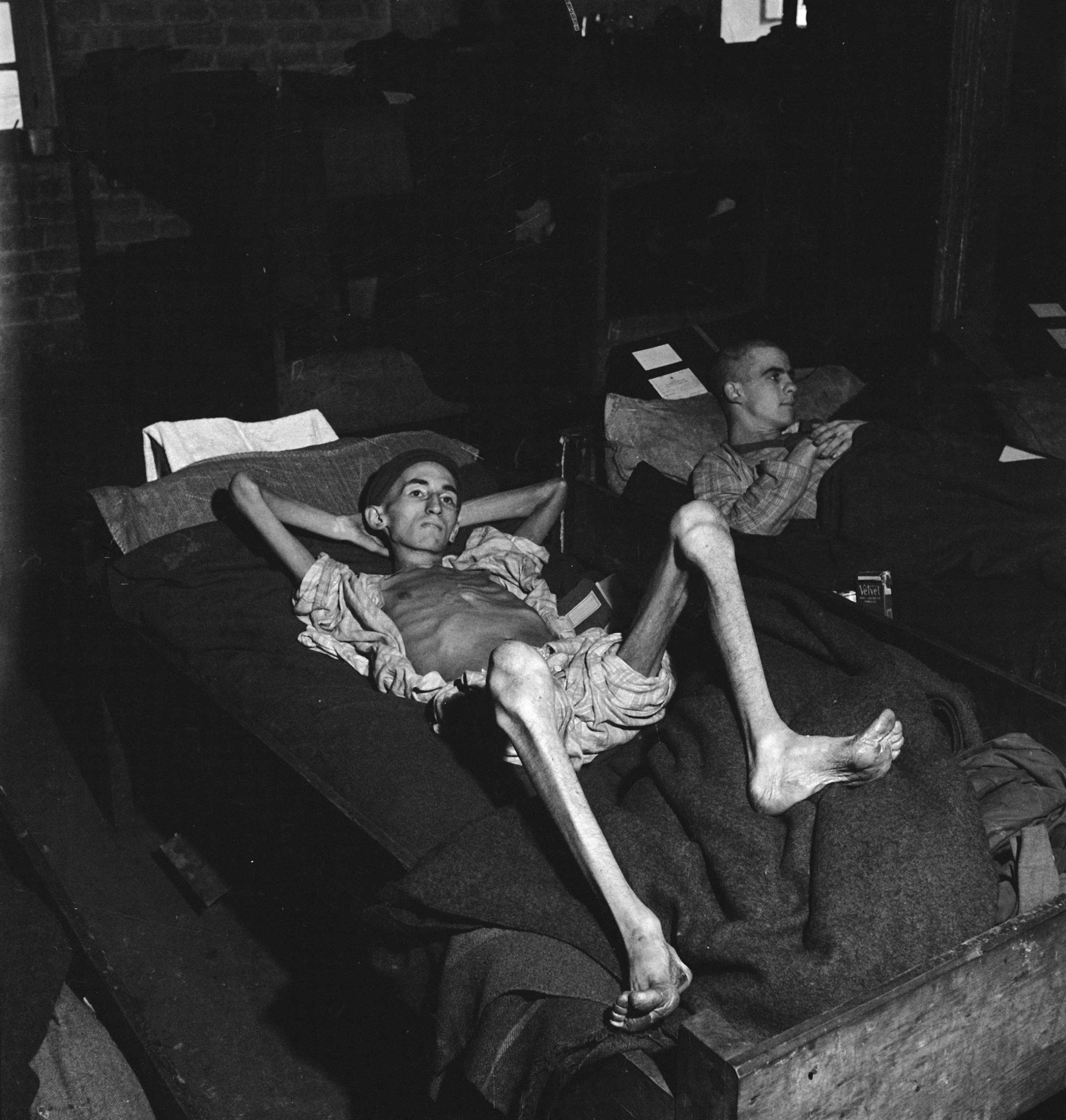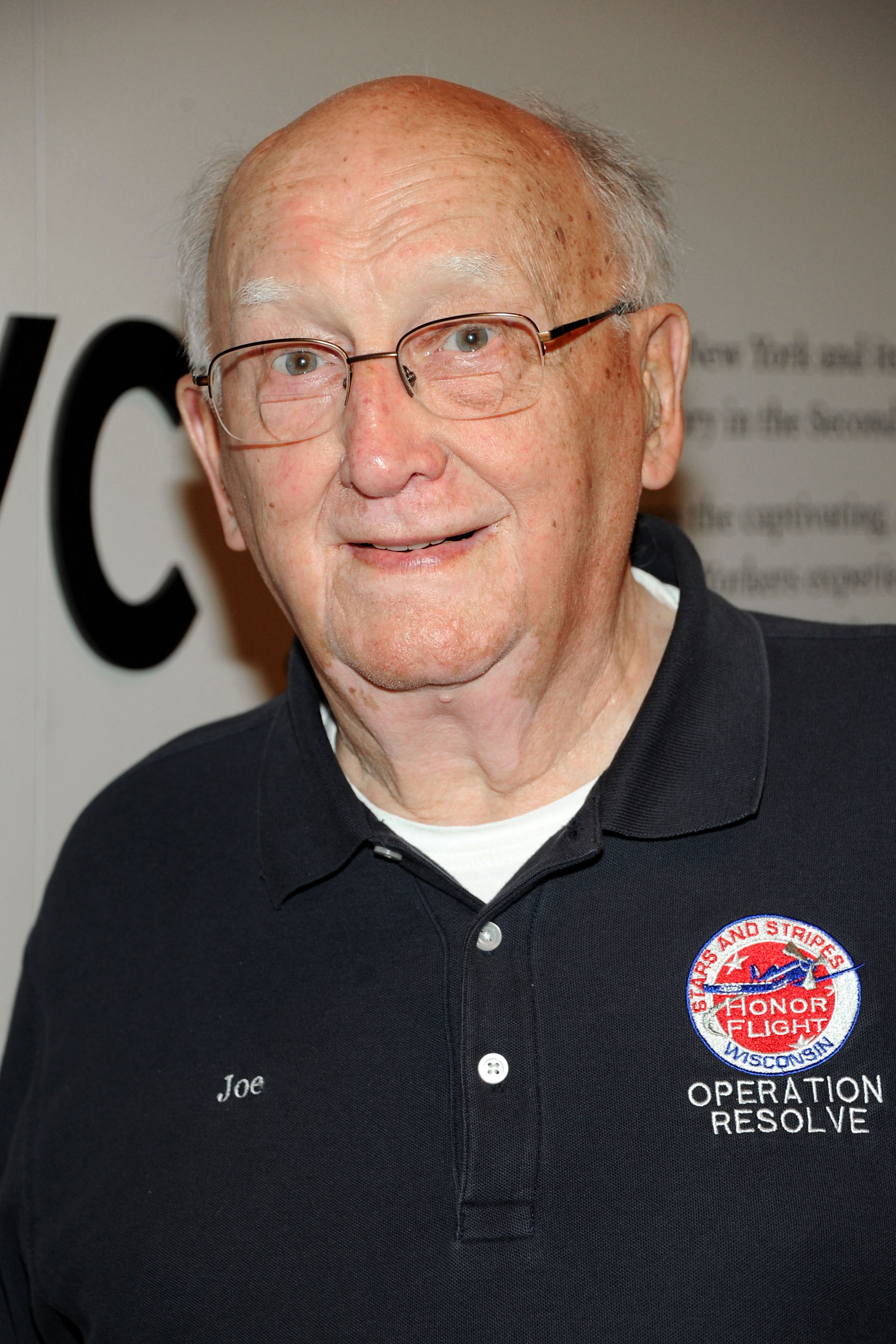
When the World War II battle over the Japanese island of Okinawa officially ended 70 years ago today, on June 22, 1945, it had secured its place as the bloodiest clash in the Central and Western Pacific fronts. TIME’s initial estimate a few days later was that more than 98,000 Japanese people had been killed and nearly 7,000 Americans were dead or missing.
Two men were not among that haunting count. It wasn’t until weeks later, in its July 9 issue, that TIME reported on what happened to Lieut. Gen. Mitsuru Ushijima and Lieut. Gen. Isamu Cho, based on the tale told by the soldier who cooked their last meal:
On a narrow ledge overlooking the sea at the southern end of Okinawa the two Generals whispered to each other. They knelt side by side on a patchwork quilt covered by a white sheet (the color of death). Ushijima’s aide stepped forward, bowed, handed each General a gleaming knife. The knives had been half covered with white cloth, so that the aide did not touch the sacred metal.
The Generals opened their blouses, unbuckled their belts. Ushijima leaned forward and with both hands pressed the blade against his belly. One of his adjutants did not wait for the knife to plunge deep. With his razor-sharp saber he lopped off his superior’s head. General Cho leaned forward against his blade. The adjutant swung again. Orderlies took the bodies away.
General Cho had left his own epitaph: “Twenty-second day, sixth month, 20th year of Showa era. I depart without regret, fear, shame or obligation. Age on departure 51 years.”
As for the American forces, the battle closed in a much gentler fashion: to symbolize that the U.S. had conquered the island all the way to its farthest tip, Corporal John C. Corbett of the 8th Marines stood on a cliff and tossed a stone into the ocean.
Read more, from 1945, here in the TIME Vault: End on Okinawa
Behind the Picture: Joe Demler, WWII's 'Human Skeleton'



More Must-Reads From TIME
- The 100 Most Influential People of 2024
- The Revolution of Yulia Navalnaya
- 6 Compliments That Land Every Time
- What's the Deal With the Bitcoin Halving?
- If You're Dating Right Now , You're Brave: Column
- The AI That Could Heal a Divided Internet
- Fallout Is a Brilliant Model for the Future of Video Game Adaptations
- Want Weekly Recs on What to Watch, Read, and More? Sign Up for Worth Your Time
Write to Lily Rothman at lily.rothman@time.com